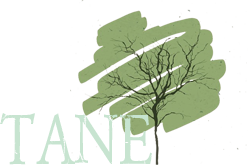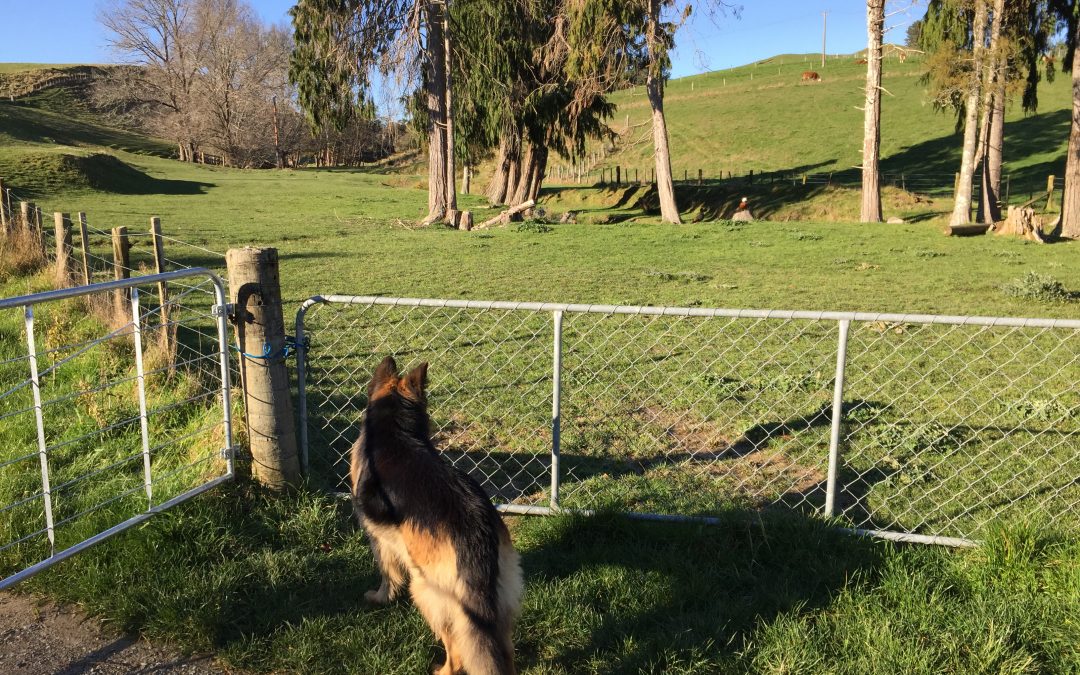Manawatane Farm is a 150acre block set in the heart of Ngatimoti.
It was created by the Strachan family who settled in Aotearoa during the late 1800s. Along with other settlers they set about clearing the land to farm initially growing berries. Subsequent crops in the area were tobacco and later, livestock.
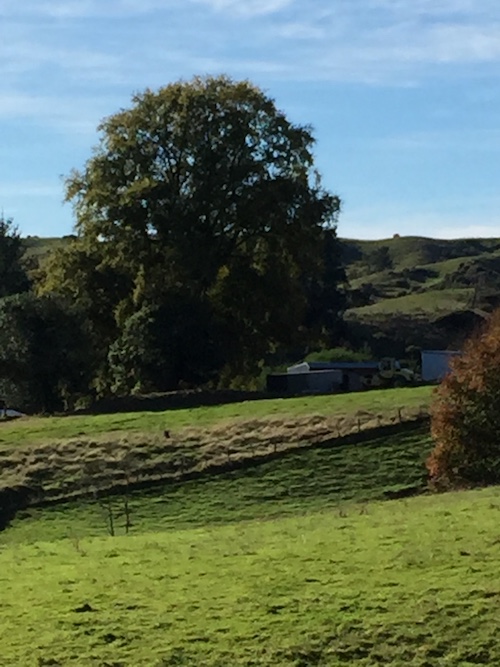
This has resulted in the clearing of all native bush. The previous owners of the property were cattle breeders.
We have committed to rewilding 35% at this stage. There is a balance to be struck as we still have to put bread on the table so we’re still running cattle and sheep. This does not have to be at the detriment of the land.
My wife and I are passionate about the environment and dismayed at the losses. Slash, burn, and dissect the land with Number 8 wire. We bought a typical cattle farm that has been exploited to the max. It looks like it has had a number 1 buzz cut. If you read the history, the settlers are proud of their efforts, “clearing native land for as far as the eye can see”. I am committed to fixing what little I can.
Our neighbour is a forestry consultant who, over the last 25 years has rewilded his entire property. He has developed a system that is easy to follow. His land is alive, the birds sing and the canopy is closed. It is separated from ours with a wire fence and the contrast is staggering. We’ve set aside 20 hactres to copy it.
Our biggest hurdle is access to the large quantity of tress, not only for our project but a number of others in the area. We have a large pole barn that we plan to convert to a greenhouse and 2 further acres to seedlings beds. The plants grown will help supply us and the many other projects in our area. We’re also lobbying farmers to plant hedges and forestry to offset commercial with natives. Give a man a fish, he’ll eat for a day; teach a man to fish and he’ll eat for a lifetime. Any plants donated will go straight in the ground. Any funding received will go to the nursery.
This page will document progress. Pictured above is Crooked Creek Gully. Planting will begin in the next few months.
The map below shows the plan. We have secured fence posts from a vineyard. The plan sets out significant areas for rewilding, balanced with the need to graze. By planting out the gullies and Number 8 hedges we believe that a diverse and importantly, sustainable farm can be grown. An additional benefit we’re exploring through our neighbor is joining the Emissions trading Scheme ETS. More on that as we learn!
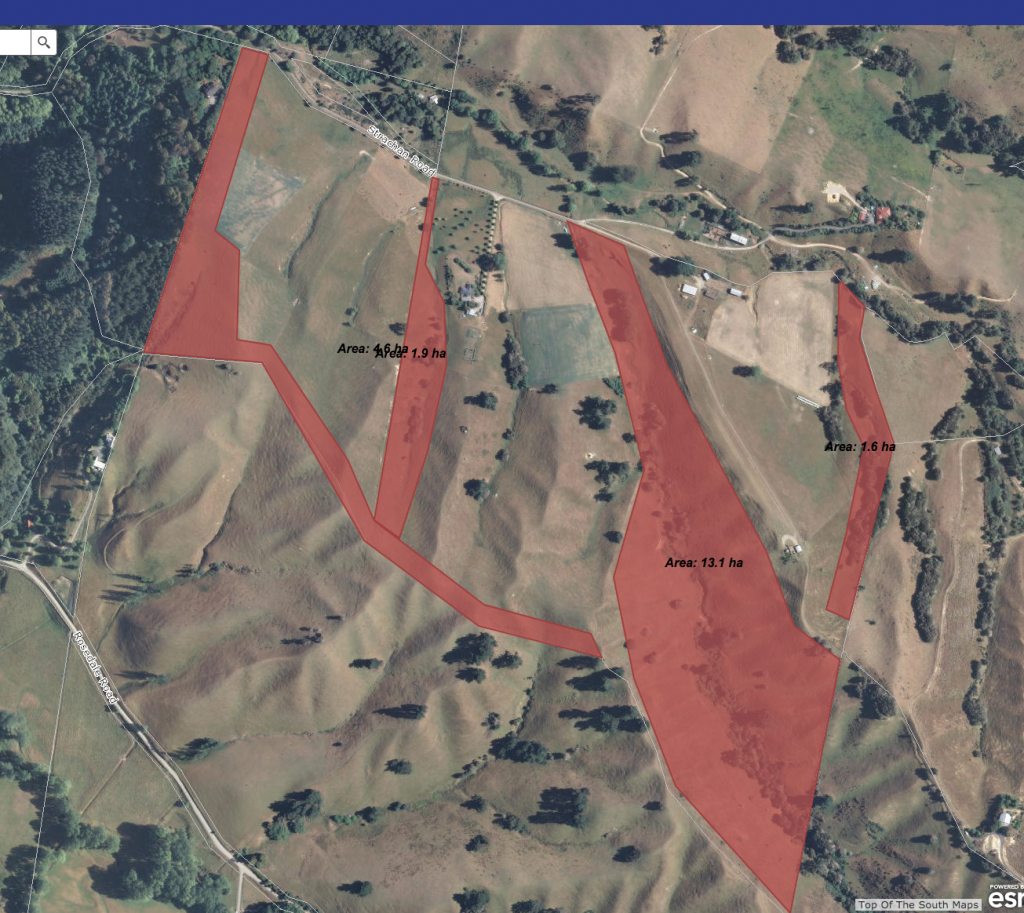
Site preparation and planting plan
The sites we will plant are already grazed. We have 1500 posts for fencing. The system we plan to copy uses Tree Lucerne as a nursery cover and fixes the top soil with nitrogen. The flowers attracted insects and pigeon that further spread seed through their droppings. Natives are planted under the canopy which eventually burst through and the lucerne dies off. Tagasaste was introduced into New Zealand late last century as a hedging plant and has since become widely naturalised, particularly in the Wanganui-Manawatu area, Banks Peninsula, and Otago Peninsula.
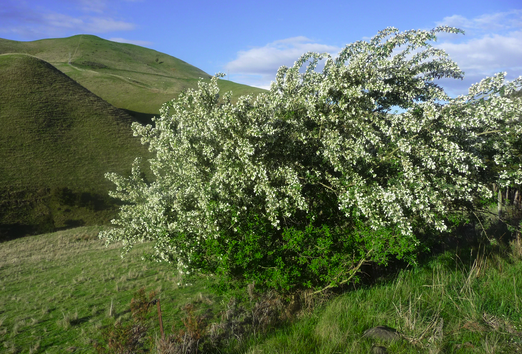
It has been used in the Gisborne – East Coast as nurse trees to establish very large native and mixed forest blocks out of bracken fern and burnt over manuka about 1915. The Wither Hills in the Wairau Valley of Marlborough undertook a development project starting in 1983 which involved extensive trials of tagasaste. As a perennial evergreen capable of rapid growth (1 – 2m in its first year) and with its extensive root system, tagasaste is ideal as low-level windbreak. It is also widely used as a soil stabiliser on steep slopes and as a nurse crop for slower growing trees. As a member of the legume family it is a nitrogen fixer. Year round green fodder is produced because tagasaste can gather subsoil nutrients and moisture from as far as 10 metres down Block planting can be spaced for 1m x 1m (10,000 plants/ha) to 2m x 2m (2500 plants/ha). If we can get funding for our green house we can cultivate the plants needed.
Maintenance plan
We work the farm and planting will be managed as needed by ourselves and farm workers. We already undertake a weed management programme controlling gorse and old man’s beard. We have also commissioned our neighbour to consult on management.
